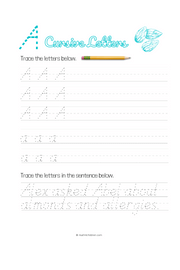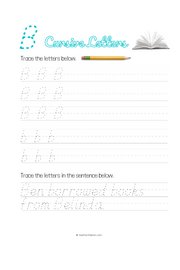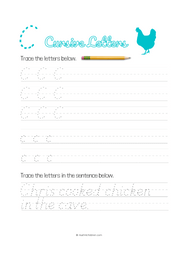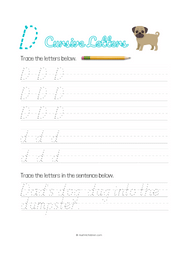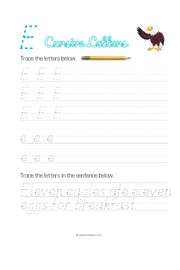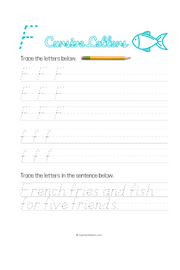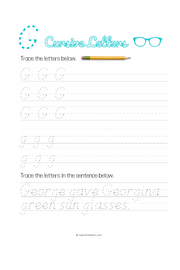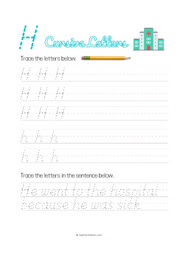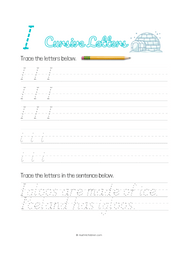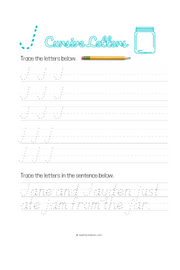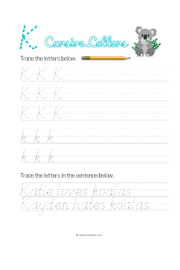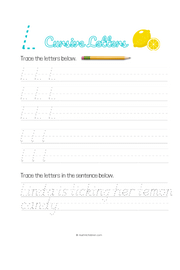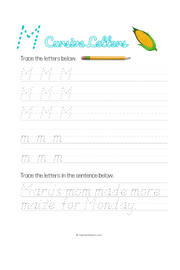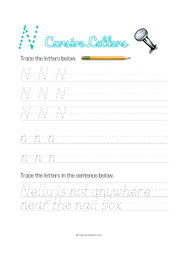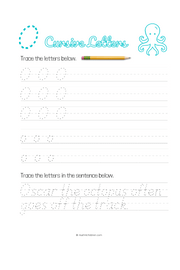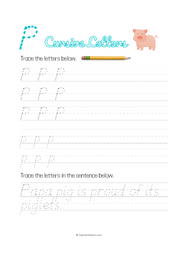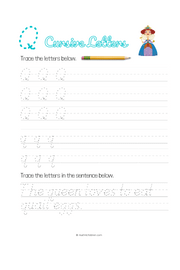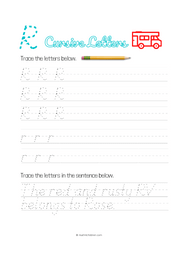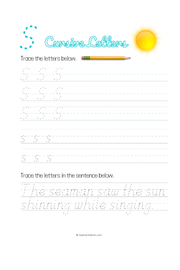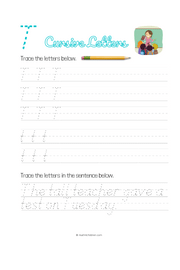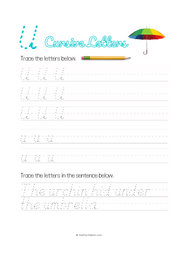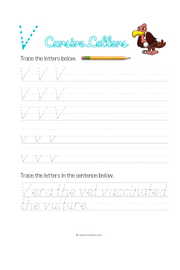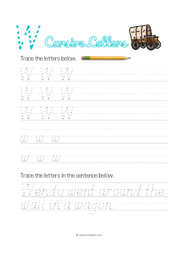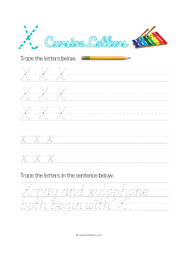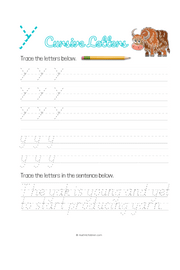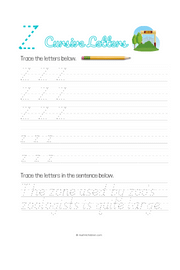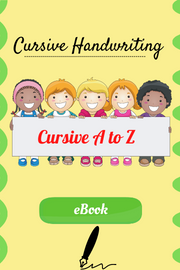Bubble Letters Alphabet: Adding Fun and Flair to Typography
Bubble letters, also known as balloon letters or fat letters, are a whimsical and playful style of typography characterized by their rounded, inflated forms. From graffiti art to graphic design, bubble letters have captivated audiences with their lively appearance and versatility. In this article, we'll explore the world of bubble letters, from their origins to contemporary applications, providing insights into creating captivating bubble letter alphabets.
Introduction to Bubble Letters
What are Bubble Letters?
Bubble letters are a distinctive style of writing characterized by rounded, bulbous shapes that resemble bubbles. They are often used for decorative purposes, adding a fun and youthful element to text. Cursive Letters Chart | jordan cursive |
History of Bubble Letters
Origins
Bubble letters have roots in graffiti culture, where artists began experimenting with exaggerated, rounded letterforms in the 1970s. This bold and eye-catching style quickly gained popularity, spreading beyond the streets and into mainstream design.
Evolution
Over the years, bubble letters have evolved and diversified, influenced by various art movements and design trends. From retro-inspired styles to modern digital interpretations, the versatility of bubble letters continues to inspire artists and designers alike.
Popularity of Bubble Letters
Usage in Art and Design
Bubble letters have become synonymous with creativity and self-expression, making them a popular choice for artists working in various mediums. From murals and street art to digital illustrations, bubble letters offer endless possibilities for artistic exploration.
Influence on Typography
Beyond the realm of art, bubble letters have also made their mark on typography, inspiring new fonts and design trends. Their playful aesthetic has been embraced by designers looking to infuse their projects with personality and charm.
Creating Bubble Letters
Techniques and Tools
There are various techniques for creating bubble letters, ranging from traditional pen and paper methods to digital design software. Experimentation is key, allowing artists to discover unique styles and effects.
Step-by-Step Guide
- Start by sketching the outlines of your letters, focusing on creating smooth, rounded forms.
- Once you're satisfied with the basic shapes, refine the outlines to add depth and dimension.
- Consider adding highlights and shadows to create a sense of volume and realism.
- Experiment with different colors and textures to enhance visual interest.
Tips for Designing Bubble Letters
Color Choices
When designing bubble letters, consider the emotional impact of different colors. Bright, vibrant hues can evoke a sense of energy and excitement, while softer pastel tones convey a more playful and whimsical vibe.
Adding Effects
Don't be afraid to experiment with various effects and embellishments, such as gradients, textures, and drop shadows. These subtle details can elevate your bubble letters and make them stand out.
Applications of Bubble Letters
Graphic Design
Bubble letters are widely used in graphic design, appearing in advertisements, logos, and packaging. Their bold and attention-grabbing nature makes them particularly effective for conveying messages and branding.
Education
In educational settings, bubble letters are often used to engage students and make learning more enjoyable. Teachers may incorporate bubble letter alphabets into lesson plans, encouraging creativity and literacy skills.
Challenges and Common Mistakes
Avoiding Overcrowding
One common mistake when designing bubble letters is overcrowding the space between letters. To maintain readability, ensure adequate spacing and avoid cluttering your design with unnecessary elements.
Ensuring Legibility
While bubble letters are known for their whimsical appearance, it's essential to prioritize legibility, especially in professional contexts. Avoid overly elaborate designs that may hinder readability.
Future Trends in Bubble Letter Design
Digital Advancements
With advancements in technology, digital tools and software have revolutionized the way bubble letters are created and shared. Augmented reality and interactive design experiences offer new possibilities for engaging with bubble letter art.
Fusion with Other Styles
As design trends continue to evolve, we can expect to see bubble letters integrated with other styles and aesthetics, creating hybrid forms that push the boundaries of creativity and innovation.
Conclusion
Bubble letters have transcended their humble origins to become a beloved staple of contemporary design. With their playful shapes and vibrant energy, bubble letters continue to inspire artists and designers around the world, adding fun and flair to typography.
FAQs
-
Can anyone create bubble letters, or is it a specialized skill?
- While some artistic talent can certainly help, anyone can learn to create bubble letters with practice and experimentation.
-
Are there specific fonts that mimic the bubble letter style?
- Yes, there are many bubble letter fonts available online that you can use in your projects.
-
Can bubble letters be used for professional branding purposes?
- While bubble letters are often associated with a more playful aesthetic, they can be adapted for professional branding with the right approach.
-
What are some common mistakes to avoid when designing bubble letters?
- Overcrowding the space between letters and sacrificing legibility for style are two common pitfalls to watch out for.
-
Where can I find tutorials or resources to learn more about creating bubble letters?
- There are numerous online tutorials, courses, and communities dedicated to bubble letter art and design.

